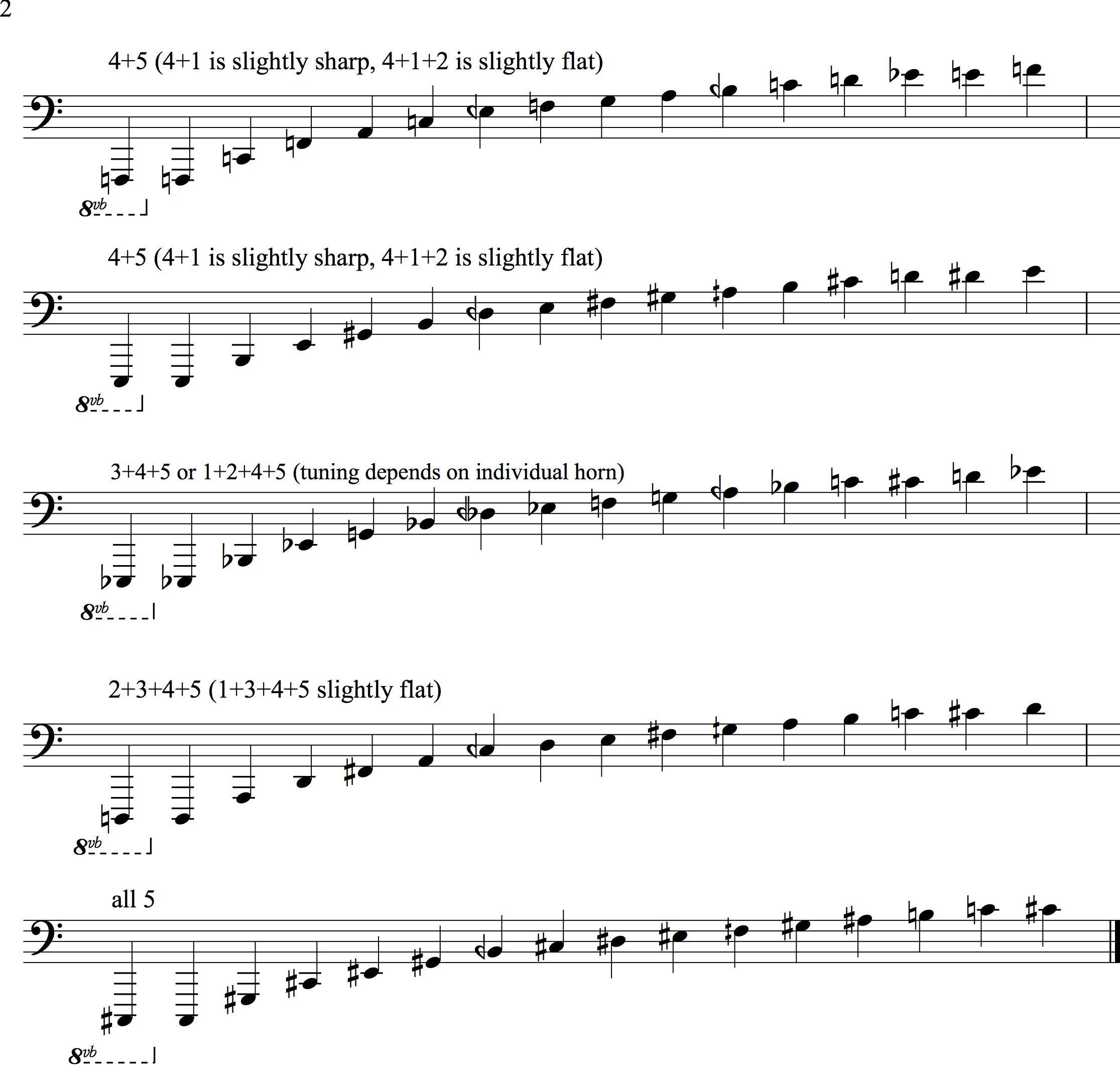
#Harmonic series music series
Here’s what the harmonic series looks like for a C note played on any instrument:

This is great to know about: Mother Nature mathematically organized sub vibrations (harmonics) into a well-defined structured pattern, which is what comes out when you play any single note on any instrument. This wave is visibly more complex in shape because that string vibration consists of a whole series of sub vibrations, which is also called “the harmonic series”īasically, the harmonic series is the series of harmonics, in order, that occurs when an individual note is played on an instrument. The wave of an A 440Hz note played on a guitar string. The wave of a harmonic looks like this: a pure, simple, single vibration. Hence: the harmonic series!Ī great way to envision that complexity is by seeing the waves drawn out on a graph. So a “component frequency”: is one of the many vibrations of a whole series of vibrations that combined produce a more complex sound, than each individual vibration. In music, this refers to vibrations (of strings on stringed instruments, air columns in wind instruments, air molecules hitting your eardrum), which keep repeating in a regularly vibrating pattern, resulting in a produced sound that is perceived by our brain.


Through these hundreds of years of evolution, we have arrived at 12 tones in a tempered scale and 12 intervals that are used in every genre of western music. The basic building blocks of western music are the result of hundreds of years of experimentation and evolution.


 0 kommentar(er)
0 kommentar(er)
